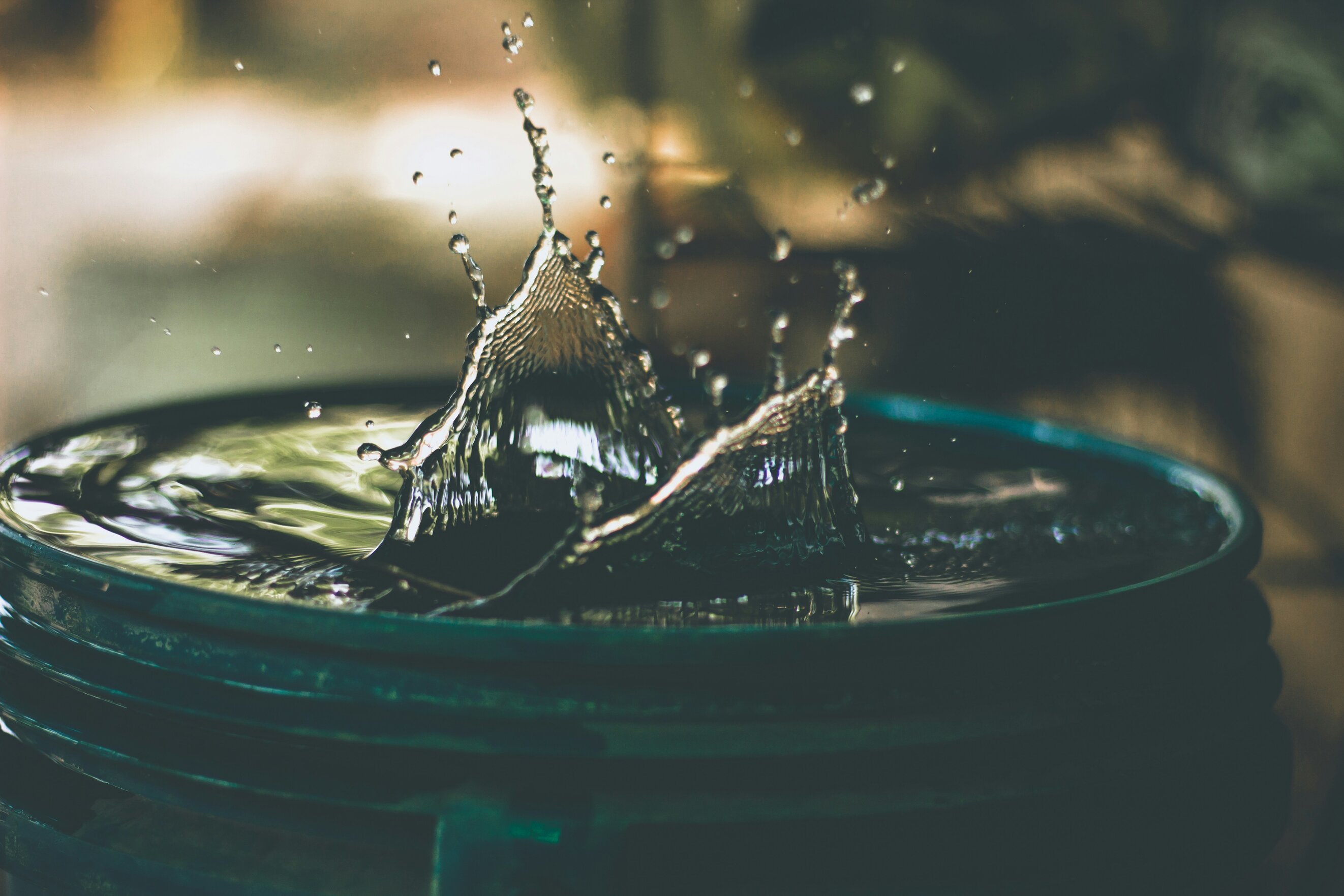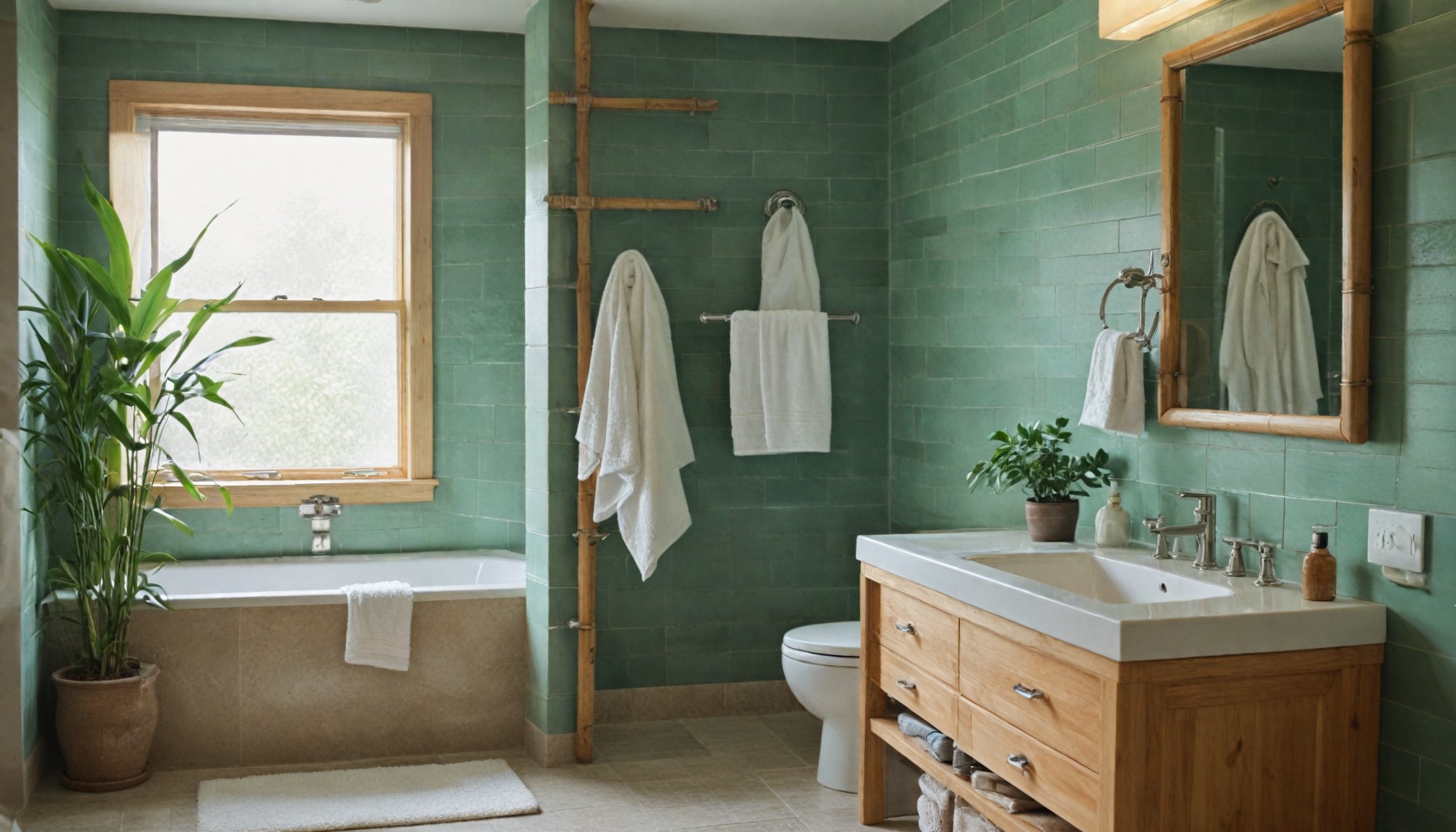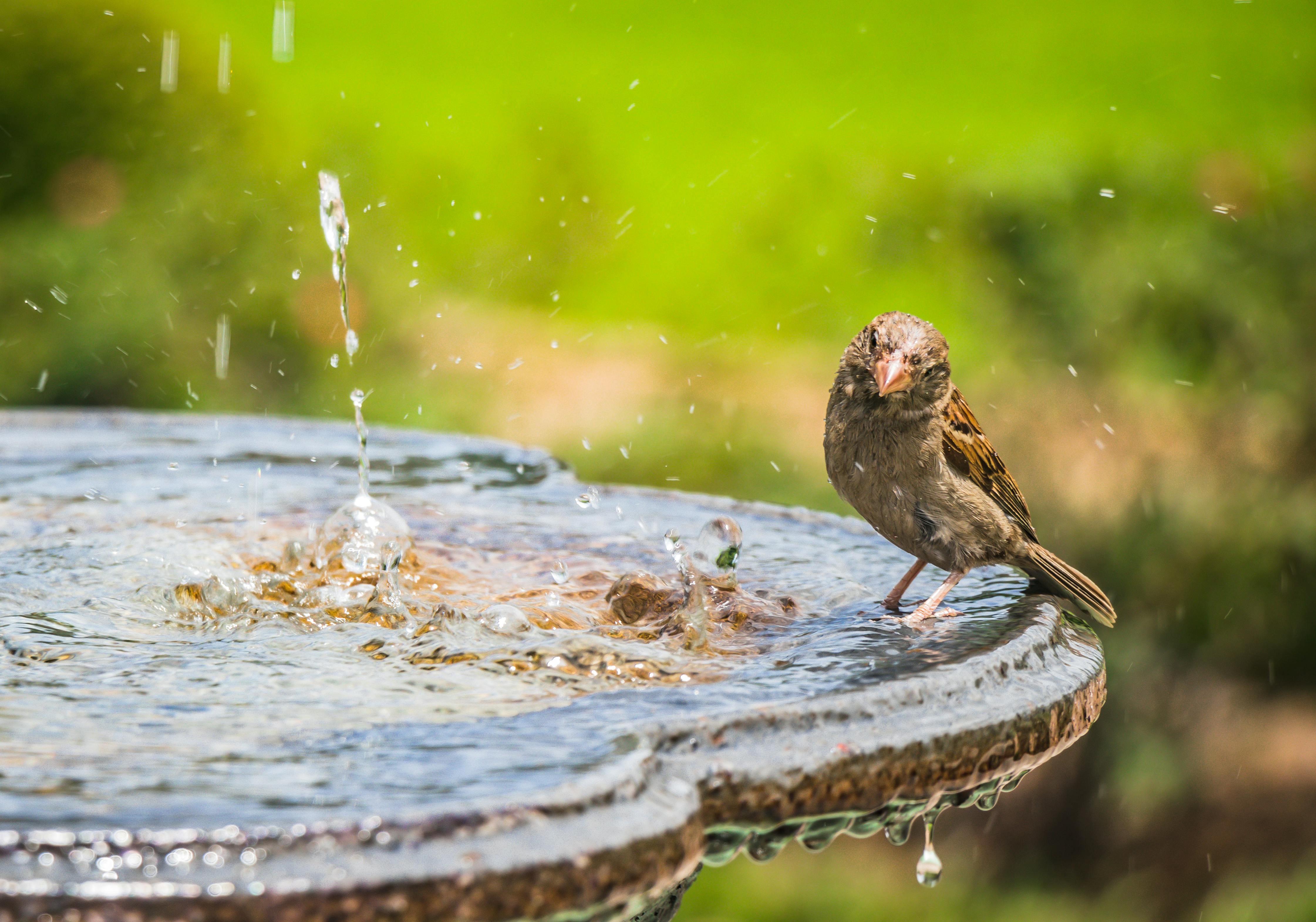
Rainwater Harvesting: Sustainable Water Solutions for Your Backyard
As the need for sustainable living grows, many homeowners are looking for ways to conserve resources and minimize their environmental impact. One effective strategy is rainwater harvesting, a practice that captures and utilizes rainwater for various purposes. Here’s how you can implement rainwater harvesting in your backyard and enjoy the benefits of this eco-friendly solution.
1. Understanding Rainwater Harvesting
Rainwater harvesting involves collecting and storing rainwater from rooftops or other surfaces for later use. This water can be utilized for irrigation, flushing toilets, washing cars, and even household use in some cases, depending on local regulations.
2. Choosing a Collection System
There are several systems for collecting rainwater:
- Rain Barrels: The simplest and most accessible option, rain barrels can be placed under downspouts to collect runoff from your roof. They come in various sizes and can easily be connected to a soaker hose for watering your garden.
- Cisterns: For larger-scale harvesting, cisterns can store thousands of liters of rainwater. These can be above or below ground and can be connected to your home’s plumbing system for indoor use.
3. Setting Up Your System
To set up a rainwater harvesting system, follow these steps:
- Select a Location: Choose a suitable spot for your rain barrel or cistern, ideally near downspouts.
- Install a Diverter: A downspout diverter can direct water into your barrel or cistern. Ensure that your system is equipped with a filter to remove debris and prevent mosquito breeding.
- Overflow Management: Include an overflow outlet to manage excess water during heavy rains. This can direct water back into the drainage system or another garden area.
4. Water Quality and Safety
While rainwater is generally safe for irrigation and non-potable uses, it’s essential to maintain water quality:
- Regular Maintenance: Clean your gutters and storage tanks regularly to prevent contamination. Remove any leaves or debris that can accumulate.
- First Flush Diverters: Consider installing a first flush diverter, which discards the initial runoff that may contain dirt and pollutants from your roof.
5. Utilizing Collected Rainwater
Once you’ve set up your rainwater harvesting system, you can use the collected water for various purposes:
- Irrigation: Use rainwater to irrigate your garden, reducing your reliance on municipal water. Rainwater is often softer and free of chlorine, benefiting plant health.
- Toilet Flushing: With proper plumbing, rainwater can be used for flushing toilets, reducing indoor water consumption.
- Cleaning: Use harvested rainwater for washing your car or outdoor furniture, keeping your household water supply free for other uses.
6. Legal Considerations
Before starting your rainwater harvesting project, check local regulations. Some areas have specific guidelines regarding rainwater collection, so ensure that you comply with all laws.
7. Benefits of Rainwater Harvesting
Implementing a rainwater harvesting system in your backyard offers numerous benefits:
- Water Conservation: Reduce your water bills and conserve municipal water supplies, especially during dry spells.
- Sustainability: Lower your environmental footprint by utilizing a renewable resource.
- Drought Resilience: A rainwater harvesting system can help your garden thrive during periods of low rainfall, ensuring that plants receive the moisture they need.
Conclusion
Rainwater harvesting is a practical and sustainable solution for homeowners looking to conserve water and promote eco-friendly practices. By capturing and utilizing rainwater, you can reduce your water bills, support your garden, and contribute to a more sustainable future. Whether you choose a simple rain barrel or a comprehensive cistern system, the benefits of rainwater harvesting are clear. Embrace this innovative practice and enjoy the rewards of a greener, more sustainable backyard!
Recent articles from Eco Friendly

Transform Your Bathroom with Eco-Friendly Bamboo Towel Bars
Introduction: Bamboo towel bars are an eco-friendly and stylish addition to any bathroom renovation. Bamboo, a rapidly renewable resource, offers both durability and aesthetic a...

Creating a Wildlife-Friendly Garden: Attracting Native Species
Transforming your backyard into a wildlife-friendly garden is a rewarding way to contribute to local biodiversity while enhancing the beauty of your outdoor space. By focusing on native plants a...

The Most Beneficial Essential Oils: For Home, Cooking, and Healing
Aromatherapy with Essential Oils
Essential oils are a versatile way to promote health and well-being. Their aromatic compounds can calm the mind, improve sleep, and boos...